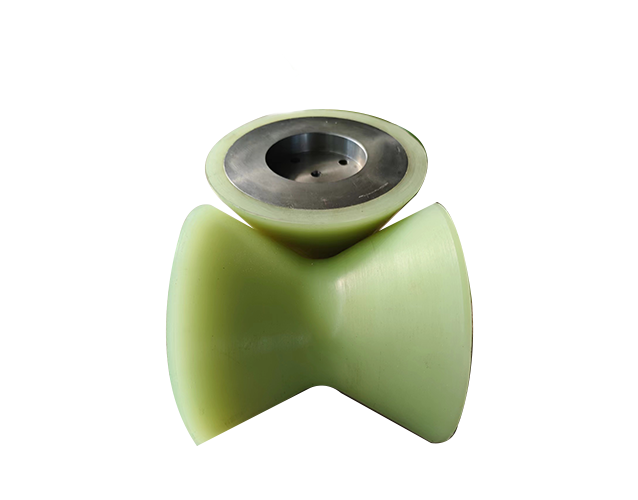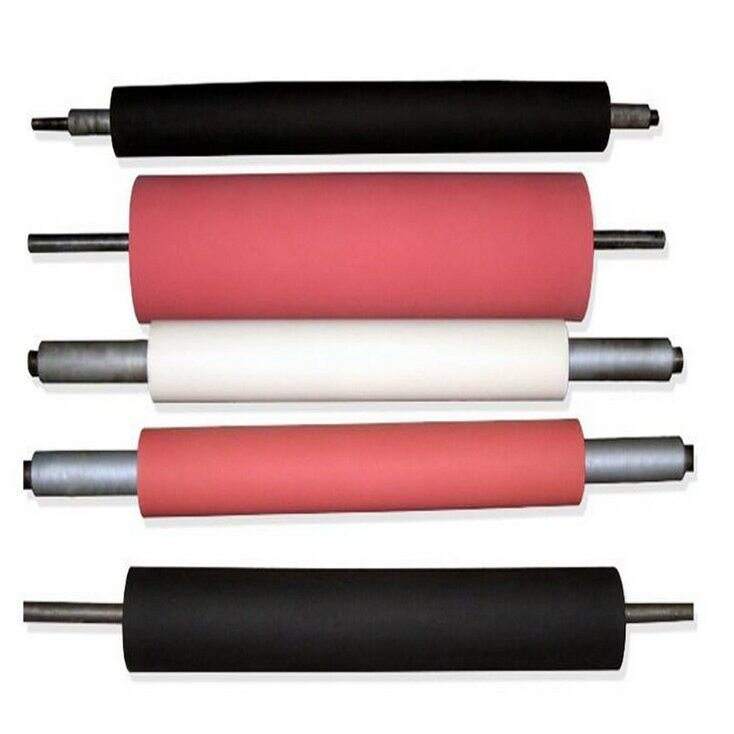rubber ink roller
The rubber ink roller serves as a critical component in printing systems, designed to transfer ink efficiently and uniformly across various printing surfaces. This precision-engineered tool consists of a durable rubber compound exterior mounted on a sturdy core, typically crafted from metal or high-grade plastic. The roller's surface features specialized micro-texturing that facilitates optimal ink distribution and transfer, ensuring consistent print quality across all applications. Modern rubber ink rollers incorporate advanced polymer technologies that resist wear, chemical degradation, and dimensional changes due to temperature fluctuations. These rollers operate across multiple printing processes, including flexographic, offset, and gravure printing, adapting to different ink viscosities and substrate requirements. The rubber compound's specific formulation allows for excellent ink reception and release properties, while maintaining dimensional stability during high-speed operations. Additionally, these rollers feature precision-engineered surface characteristics that prevent ink accumulation and ensure clean, sharp printing results. The design includes carefully calibrated durometer ratings that match specific printing requirements, enabling optimal performance across various printing conditions and materials.


